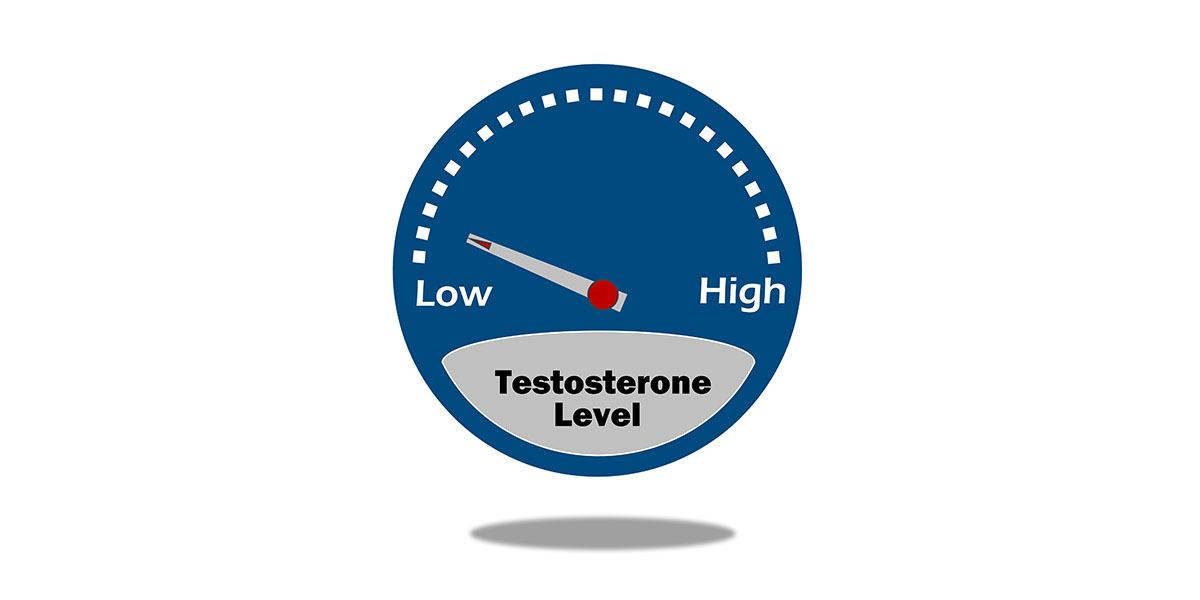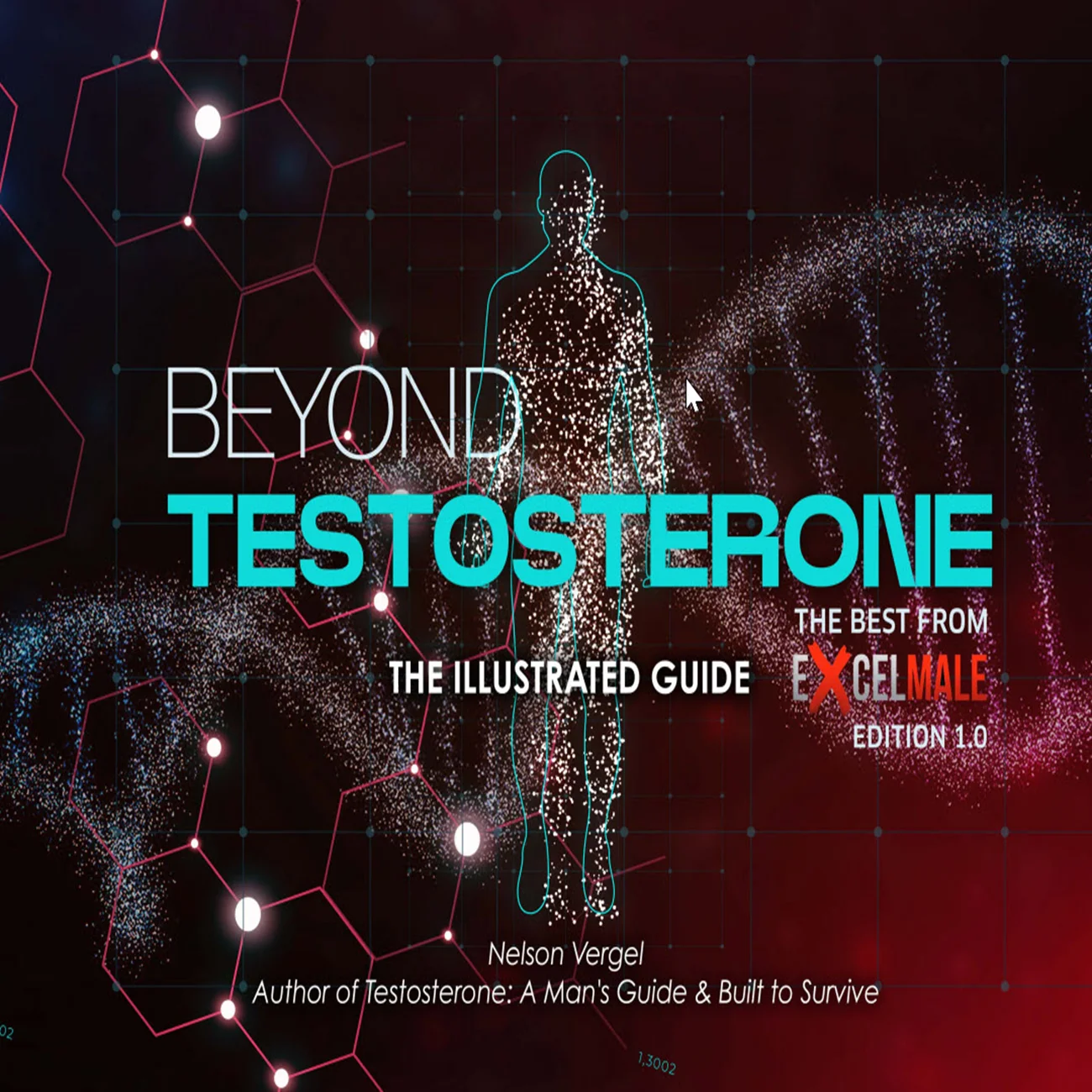madman
Super Moderator

Jesse Mills, MD, outlines the pitfalls of bundled TRT treatments | Urology Times
Mills describes TRT not merely as a prescription but as an ongoing therapeutic relationship aimed at comprehensive, long-term wellness.
Mills describes TRT not merely as a prescription but as an ongoing therapeutic relationship aimed at comprehensive, long-term wellness.
In this video, Jesse N. Mills, MD, director of the Men's Clinic at UCLA, fellowship director of the UCLA male reproductive medicine and surgery program, and director of UCLA Urology Santa Monica, underscores the importance of adhering to evidence-based guidelines when diagnosing and managing low testosterone.
He critiques many online “low T” services for relying on a single blood test or non-standard reference ranges, calling this approach incomplete and prone to misdiagnosis. According to both the Endocrine Society and the American Urological Association (AUA), diagnosis must include not only laboratory confirmation but also a clear constellation of symptoms. Mills emphasizes that testosterone levels can fluctuate due to transient factors—sleep disruption, recent illness, stress—and that treatment decisions based solely on one draw risk unnecessary or inappropriate therapy. He advocates obtaining 2 morning testosterone measurements and pairing them with a detailed clinical assessment to establish a reliable baseline and trend.
Mills also addresses the growing trend in online platforms of automatically bundling testosterone replacement therapy (TRT) with adjunctive agents such as anastrozole, hCG, enclomiphene, or DHT-modifying medications. When used without proper indications, these combinations can create downstream complexities for urologists, particularly when patients arrive with poorly monitored hormone panels or unexplained adverse events. He outlines his own monitoring protocol: follow-up at 6 weeks to assess testosterone levels, compliance, symptom response, and pituitary markers (LH and FSH) to ensure adequate suppression and absorption. He also stresses the importance of checking estradiol, as abnormal conversion can undermine treatment goals.
Safety monitoring is equally critical. Mills highlights hematocrit as a key parameter, given its risk of rising—especially with injectable formulations—requiring checks at least every 6 months. Liver function tests are also necessary annually. Beyond hormone-specific labs, he argues for a broader men’s-health approach: monitoring hemoglobin A1c, lipid profiles, and other metabolic indicators to track improvements in cardiovascular and metabolic health. Ultimately, Mills describes TRT not merely as a prescription but as an ongoing therapeutic relationship aimed at comprehensive, long-term wellness.














